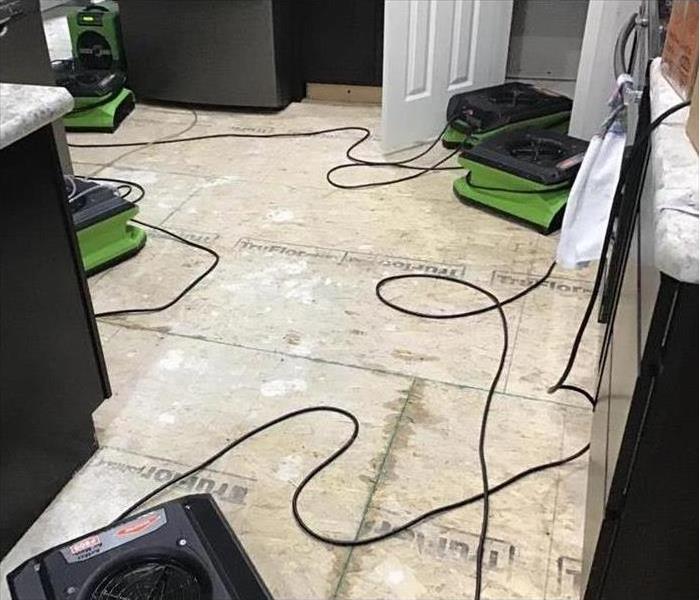What Is the Proper Procedure for Sewage Cleanup?
1/6/2021 (Permalink)
Remediation Process After Sewage Damage
A flooded toilet is bad enough, but one caused by a sewer backup can bring on a whole new level of panic. Not only do you have to deal with standing water but heavily contaminated water. Every minute counts when it comes to sewage cleanup. The remediation process must begin immediately.
1. Extract Standing Water
First, all of the standing water must be removed. A wet/dry vacuum typically is the most efficient tool for extracting water if you’re doing it yourself. A Laurel, MT, water damage restoration company will use professional-strength vacuums for this.
2. Remove Everything From the Affected Area
Once the standing water has been extracted, everything needs to be removed from the affected area. Saturated carpeting and carpet padding will not be salvageable. It will have to be pulled up and thrown away. If your building has drywall, part of it will probably have to be taken down since it’s very porous and soaks up water.
3. Separate Salvageable Items
A significant part of the sewage cleanup process is determining what is salvageable and what isn’t. Mold can begin growing on damp materials in as little as 24 hours. If those elements can’t be fully dried within 48 hours, they will most likely need to be disposed of.
4. Clean and Disinfect
In the event of a sewer backup, everything in the affected area must be cleaned and disinfected thoroughly. This includes anything that the contaminated water has touched, including walls, floors and furniture. Porous materials probably won’t be able to be cleaned well enough to be saved.
5. Dry the Area
Everything must be dried completely as quickly as possible. Open windows and doors to let the fresh air blow through the area. Also, run fans dehumidifiers and portable heaters to assist in drying the area faster.
If your commercial building sustains damage from a sewer backup, begin the sewage cleanup process right away. The sooner remediation begins, the sooner business resumes as usual.




 24/7 Emergency Service
24/7 Emergency Service
